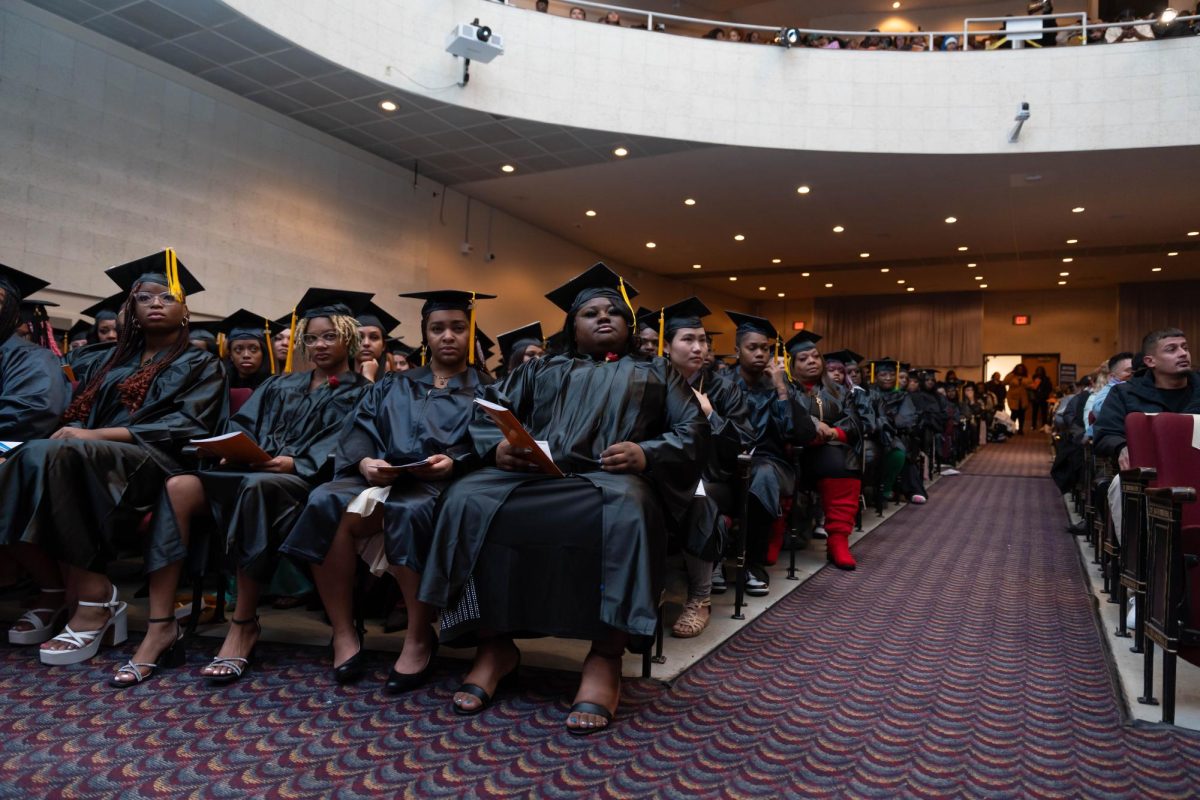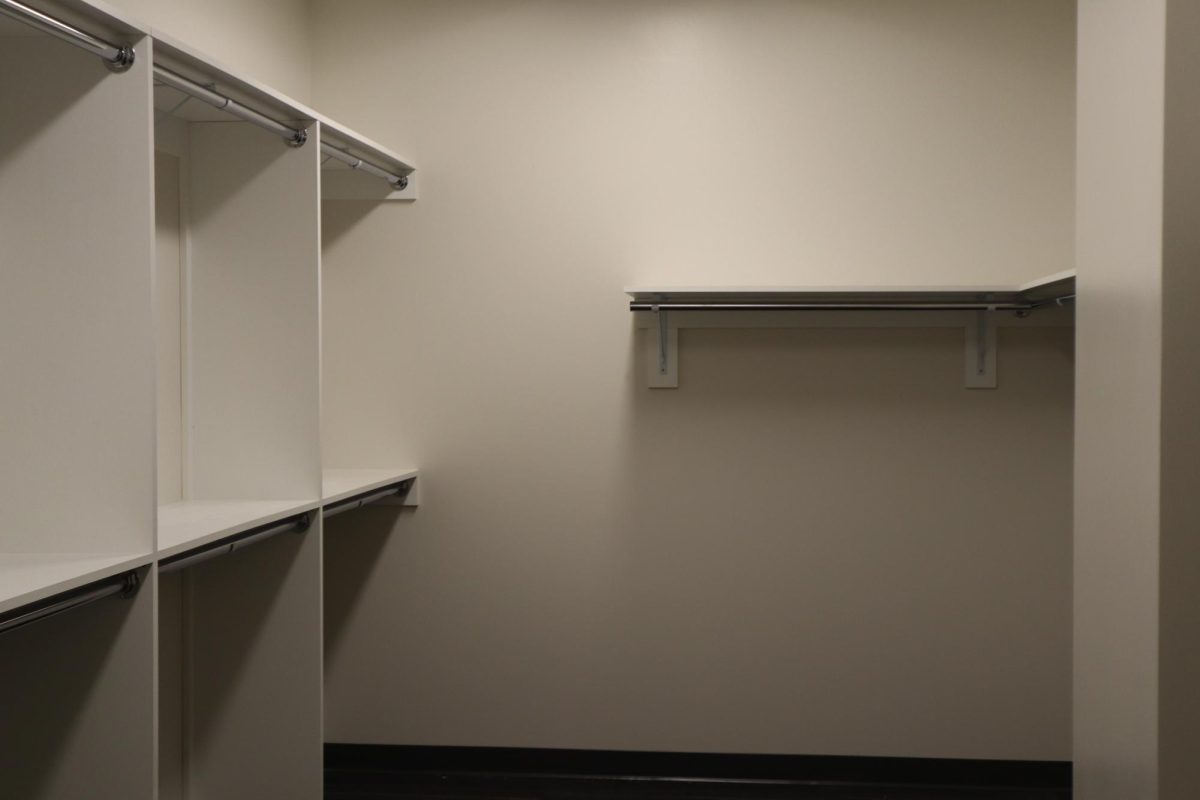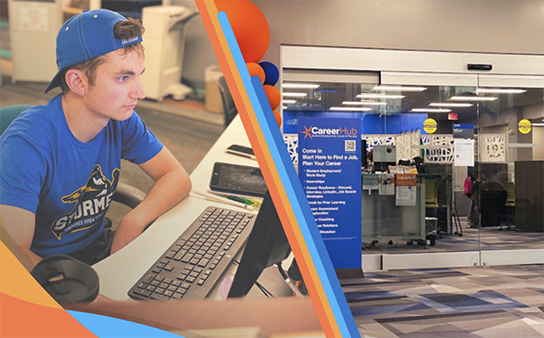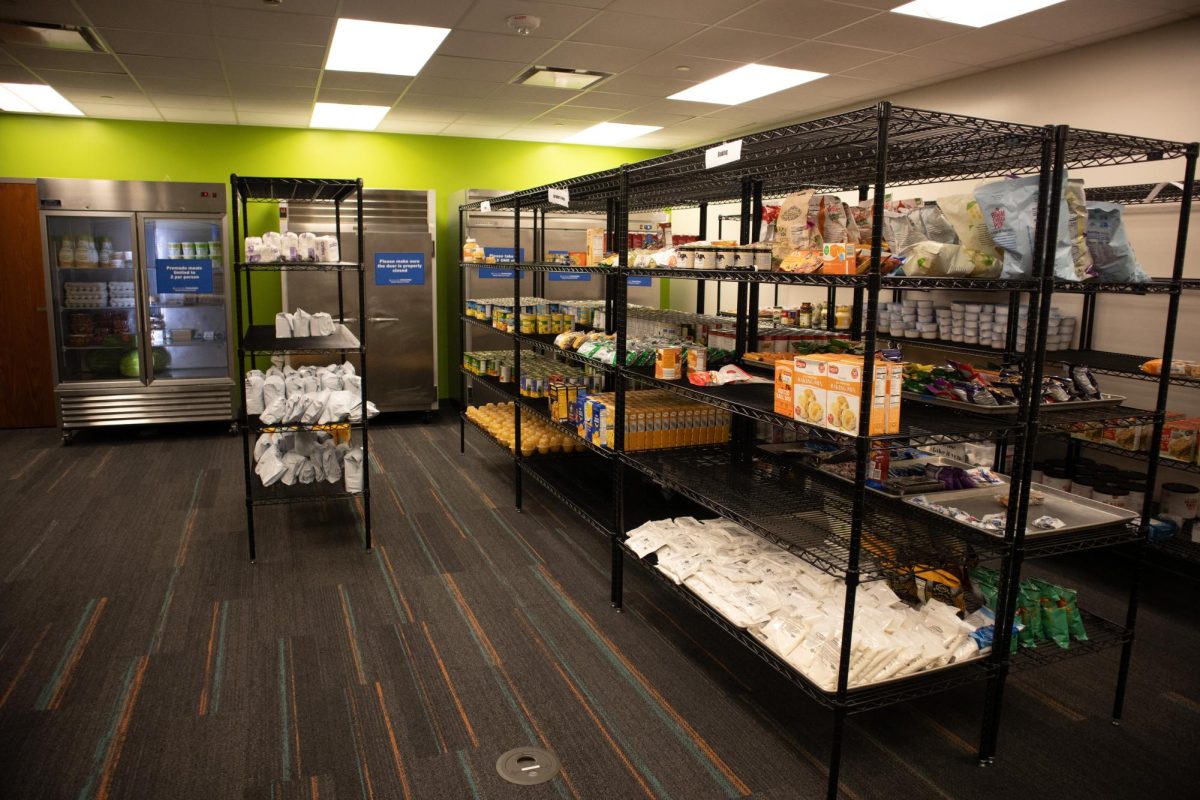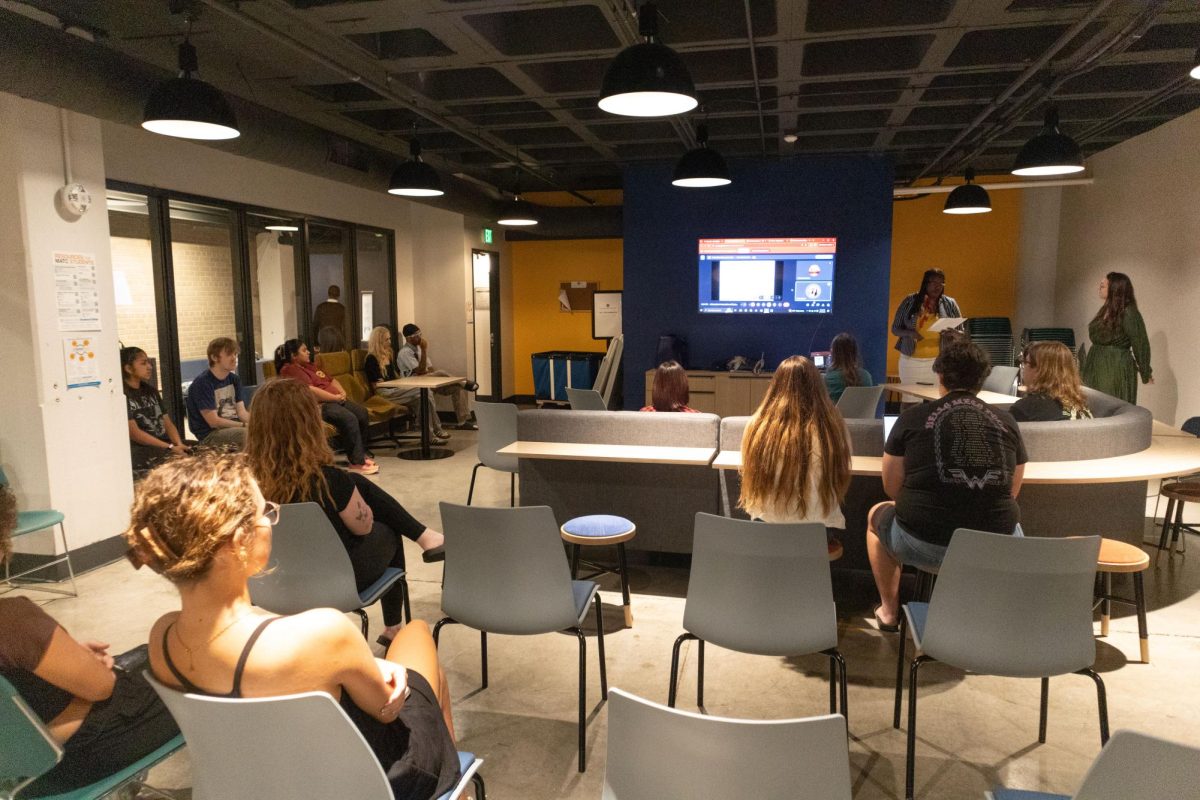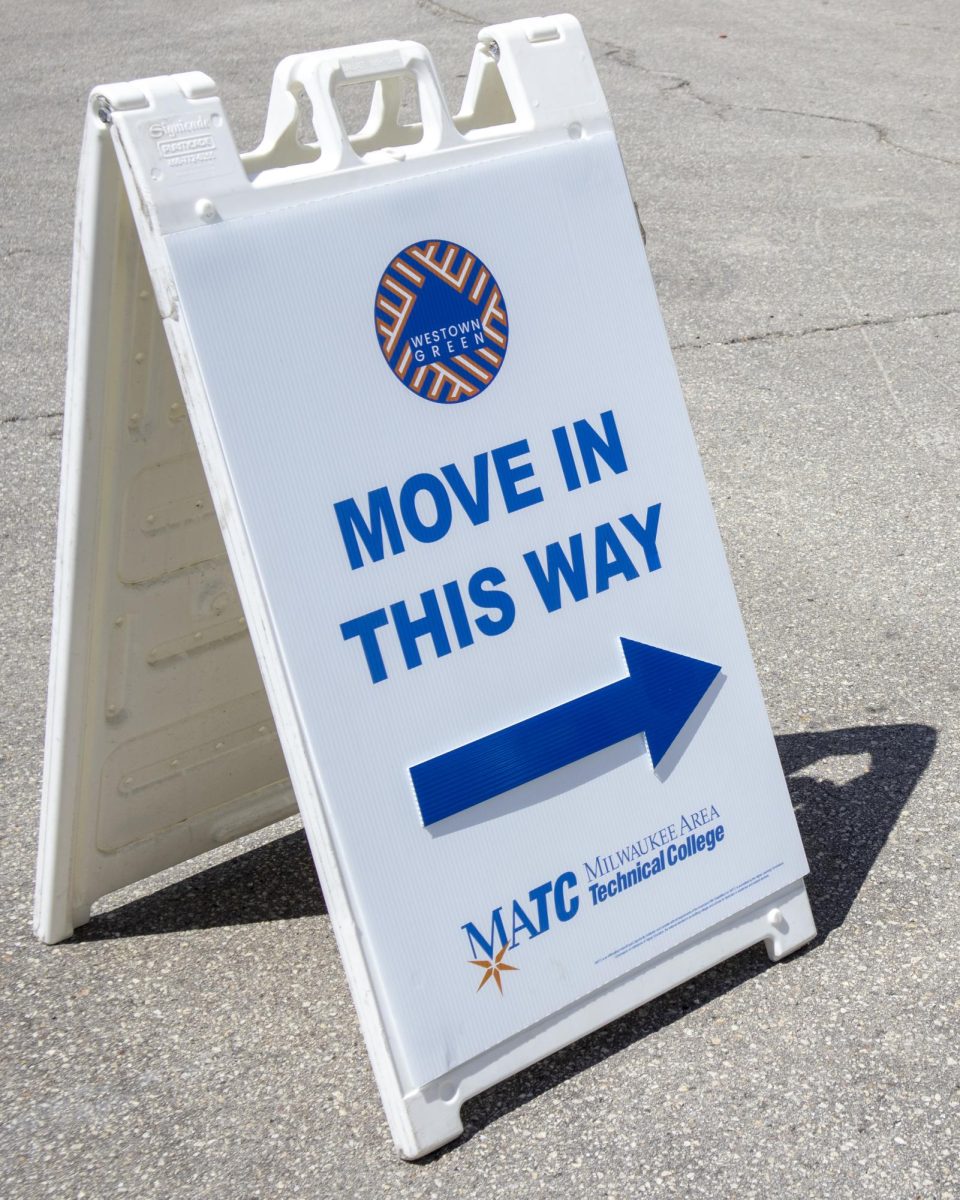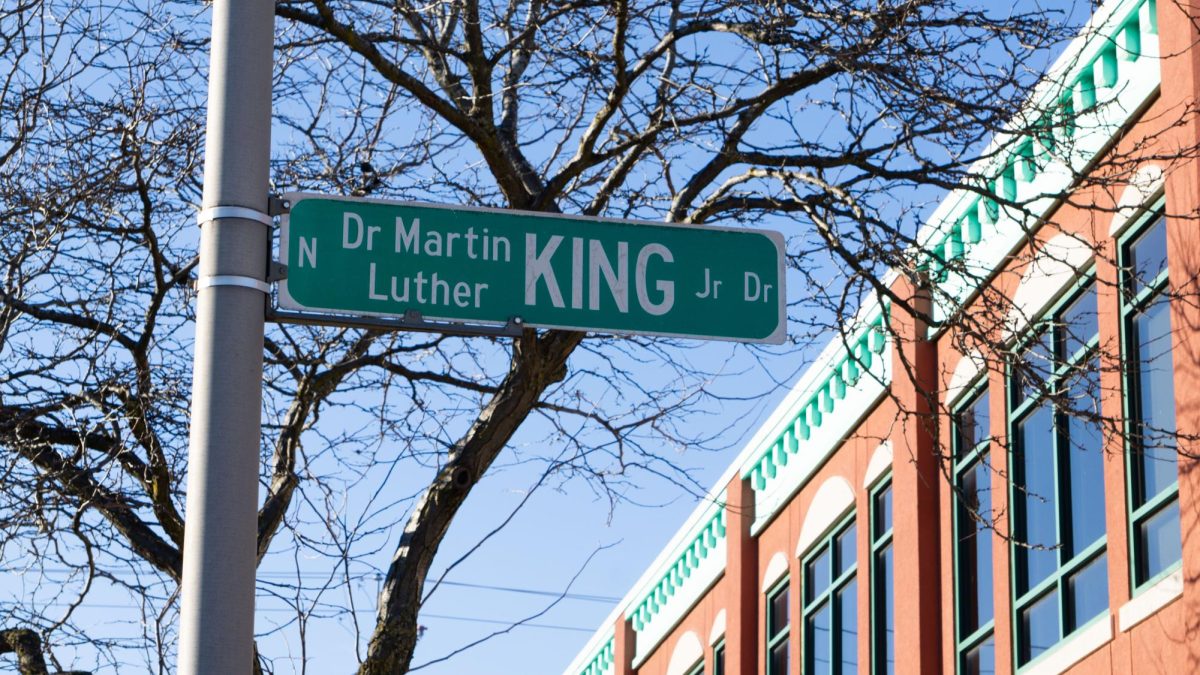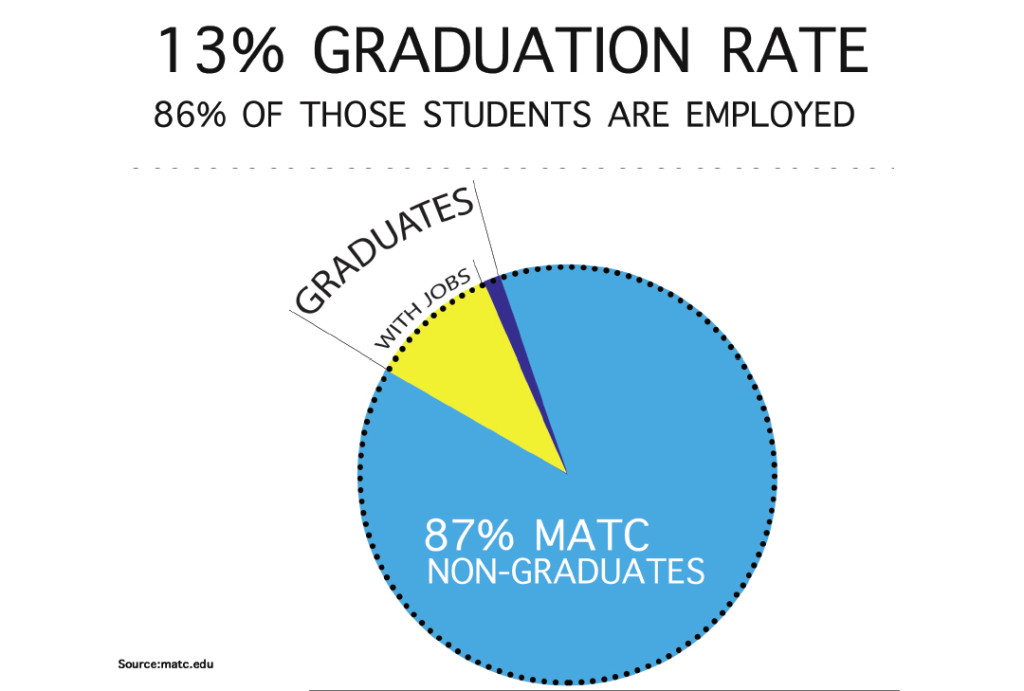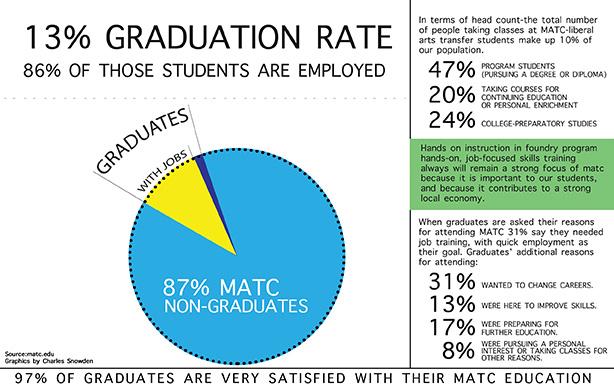Let me get this straight, 86 percent of 13 percent is how many?
The current graduation rate of MATC students is 13 percent. This may surprise many students who hear statistics such as “86 percent of MATC students are employed within six months of graduation.” The key word is graduation. The graduates may be finding jobs. But since the graduation rate is low, it’s a high percentage of a very small population. With that in mind, does that still make MATC successful?
On that note, when does someone count as a failure to graduate? After digging deep into MATC’s annual reports, I have found it increasingly difficult to define this. There is some confusion about when a student is counted as a success or failure in terms of graduation. Is it dictated by the number of credits a student has taken or by the amount of time a student had been enrolled in the program?
However it is determined, the question remains, why aren’t students graduating? This may be a simple question but the answer is as complex as finding a solution. After speaking to students and hearing their opinions I have come to a conclusion. There is no hard or fast reason for the low rate. Each student has a unique situation which affects the outcome of their academic effort.
Some students are unsure of their career path and begin in one program but later change to another one. This is considered as a failure to graduate (from the student’s original program of choice.) The student did not complete that earlier program, even if that individual graduated from another one. Basically that student would have a 50 percent graduation rate.
A student that leaves for a four- year college, without completing their required credits for the degree, is considered a failure to graduate.
Even though that student may or may not go on to graduate with a four–year degree.
Students may drop out of a degree program after finding a job. They may also be attending MATC purely to brush up their skills, or to add new skills to their résumé. However, college courses may conflict with their work schedule or they may decide they no longer need the degree. Since they have not completed the degree they too are considered a failure to graduate, even though they now have a job. MATC promotes “workplace readiness” and finding a job shows that the student has acquired the necessary skills to do a job. This is why we go to college in the first place, right? So wouldn’t that be a good thing?
Let’s be honest, there are students that just don’t care enough about their education to put in the needed time, effort and hours to guarantee success. They don’t pass their courses, so they cannot advance through their program plan. Some lose their “good” academic standing, lose their financial aid and are forced to leave the college. But some stay enrolled in the course just long enough to claim financial aid and then drop the course. Is this the college’s problem? Should the college engage the students more, or are some students just a lost cause?
Personally, I have seen instructors that have tried time and time again to encourage student success. They offer extra help in difficult areas, extensions to students in need and even spend free time sending out extra information on topics for students to research. Students have resources available to them such as tutoring service or academic support which could help them to succeed. If the students do not take the time to access those resources, who is to blame?
On the flip side, I have seen teachers that are only interested in doing what their employment contract requires, and nothing more. Shouldn’t teachers do everything possible to help their students succeed? This also helps them to succeed, since their students’ grades (supposedly) reflect their teaching ability.
So who is to blame, and what is the solution?
Some reasons for low graduation rates don’t have quick solutions, such as program changes, leaving for a job or transferring college. Those events have to be included in the numbers since they are connected with enrollment and program success rates. The number enrolled also plays a part in the allocation of resources, classroom space and equipment. Maybe the “failure to graduate” rate should be broken down by reason, to better understand where the bulk of the problems lie.
MATC is also looking for a solution, according to the 2012 graduate career report. MATC has committed to the Completion Challenge, an important initiative which is set on increasing graduation rates by 50 percent in 2020. MATC’s goal is to graduate 3,900 in seven years.
What about the students? If we all decide to attend classes regularly, to hand in homework on time and to study for our exams we could change that figure. We could raise the success rate and improve our academic path. With each of our successes we raise the brand of MATC. By raising the brand we can create a positive image of the college and us as students. When the general public (including businesses) view us favorably, we can increase our chances to be hired and funded.
That sounds like a win-win to me, but that’s just my opinion.

I heard about the Times in the spring of 2012, after hearing Adviser Bob Hanson talk to my class. I was tempted to join but unsure of my skills. The push...



























